Mary Shelley's Frankenstein was written in a weekend at an old castle—allegedly, at least—when her husband and his friends challenged each other to write a novel while they were there. Almost all of them failed, but Mary Shelley not only succeeded, it became so influential that she essentially created the science-fiction genre as we know it, and she did it at 19, proving that, as the old adage goes, "anything boys can do, girls can do better."
Since then, Frankenstein has become a classic component of gothic literature courses, and it's the source material for many, many movies. The 1994 version of the same name is excellent in a lot of ways, but it still misses the mark on some important aspects.
10 Wrong: The Score
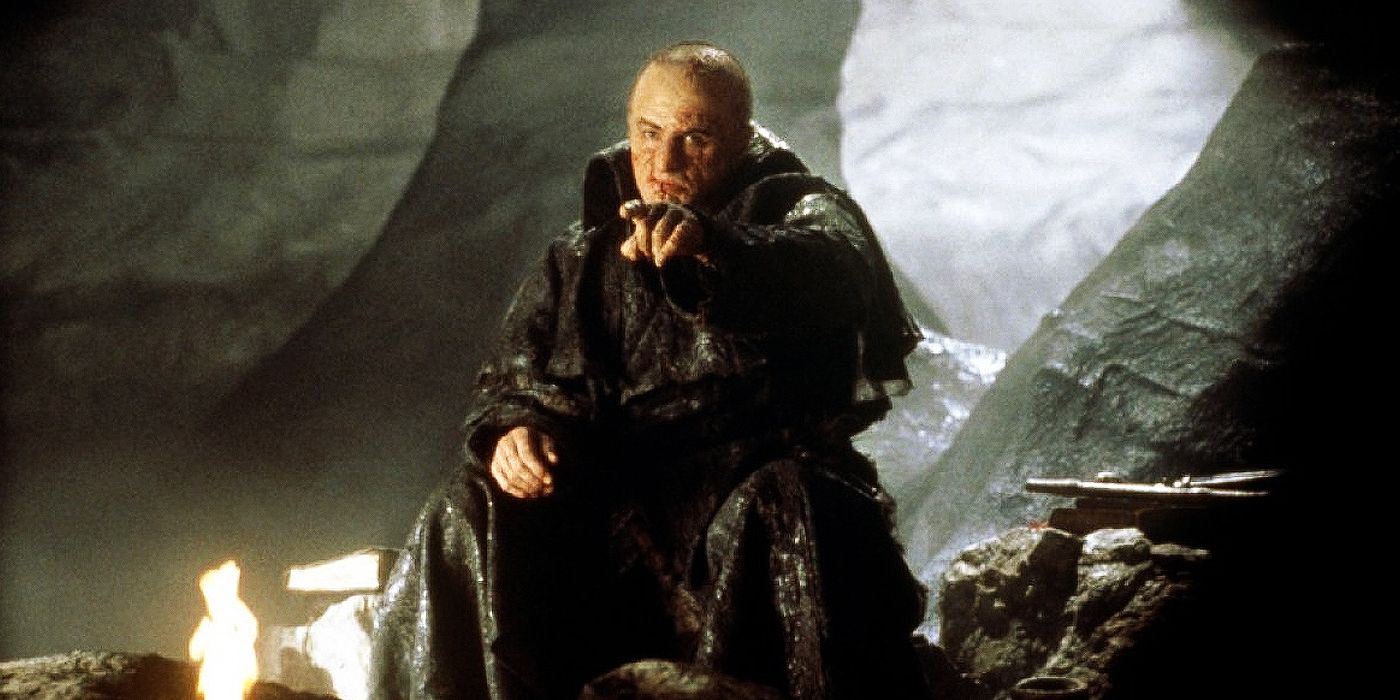
Even the best composers have an off day, and that must have been what happened for Patrick Doyle, whose movie work is normally excellent. Especially in the already-disjointed beginning, the score was perhaps meant for an entirely different movie, sounding more appropriate for a rom-com than Frankenstein. It’s totally incorrect for a deep, dark, intense gothic tragedy.
9 Right: The Creature Learned Cruelty
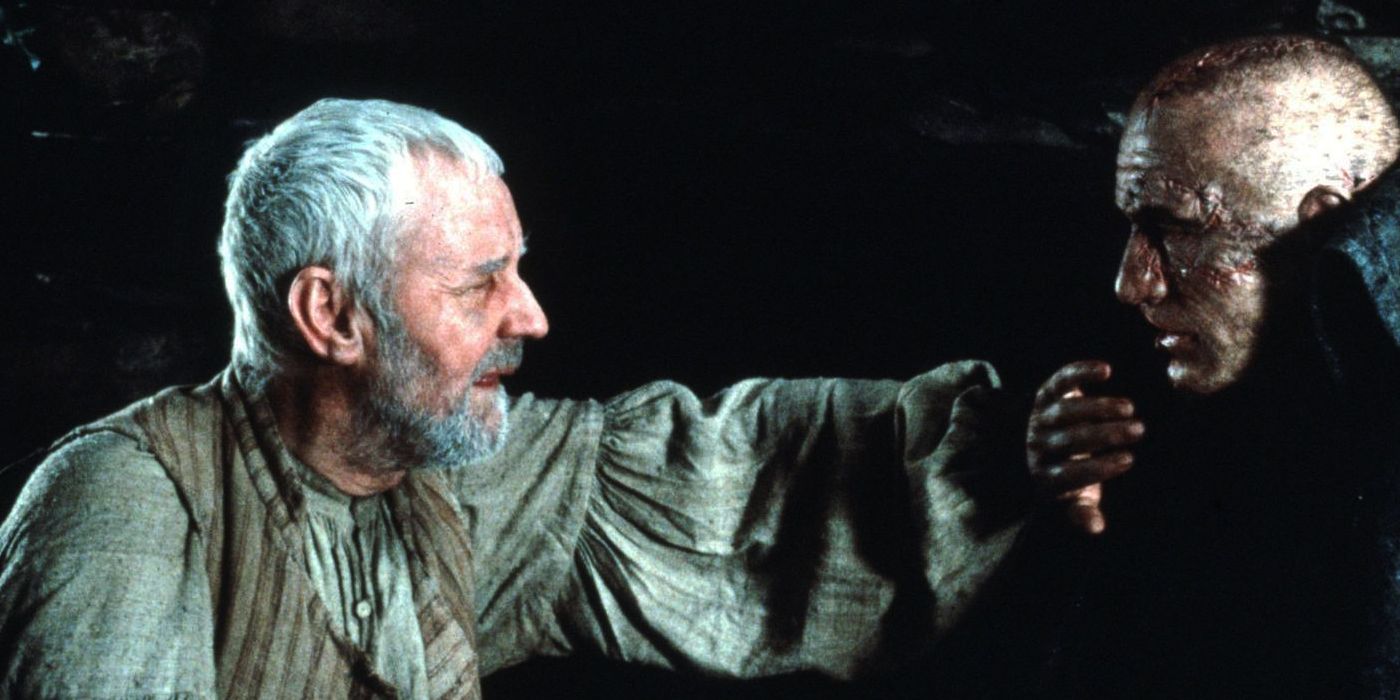
When Frankenstein’s creature was “born," he was innocent, intellectual, and empathetic. When Frankenstein cast him out for being ugly, he was met with a cruel, unfeeling, judgemental world. The creature had to react and adapt accordingly.
He was not created as a “monster," but he learned those traits from the very people who condemned him for existing while different. In the end, his inside matched his outward visage, but it didn’t start that way, and he did everything he could to hold onto the goodness inside him, even as the world rejected and abused him.
8 Wrong: References To Other Movies

It’s true that the 1994 movie does not exist in a vacuum, and everyone loves finding easter eggs tied to special references, but the best thing about those Easter eggs is that they’re supposed to be...well, egg-sized; brief, blink-and-you-miss-it shoutouts.
The most glaring reference in Frankenstein is a disjointed nod to Bride of Frankenstein (1935), which itself was a huge departure from the source material. This movie didn’t need Frankenstein and the creature fighting over a girl, and it definitely didn’t need the girl in question to commit suicide as a result. There was plenty to work with and unpack without the additional drama.
7 Right: The Abusive Parent Subtext
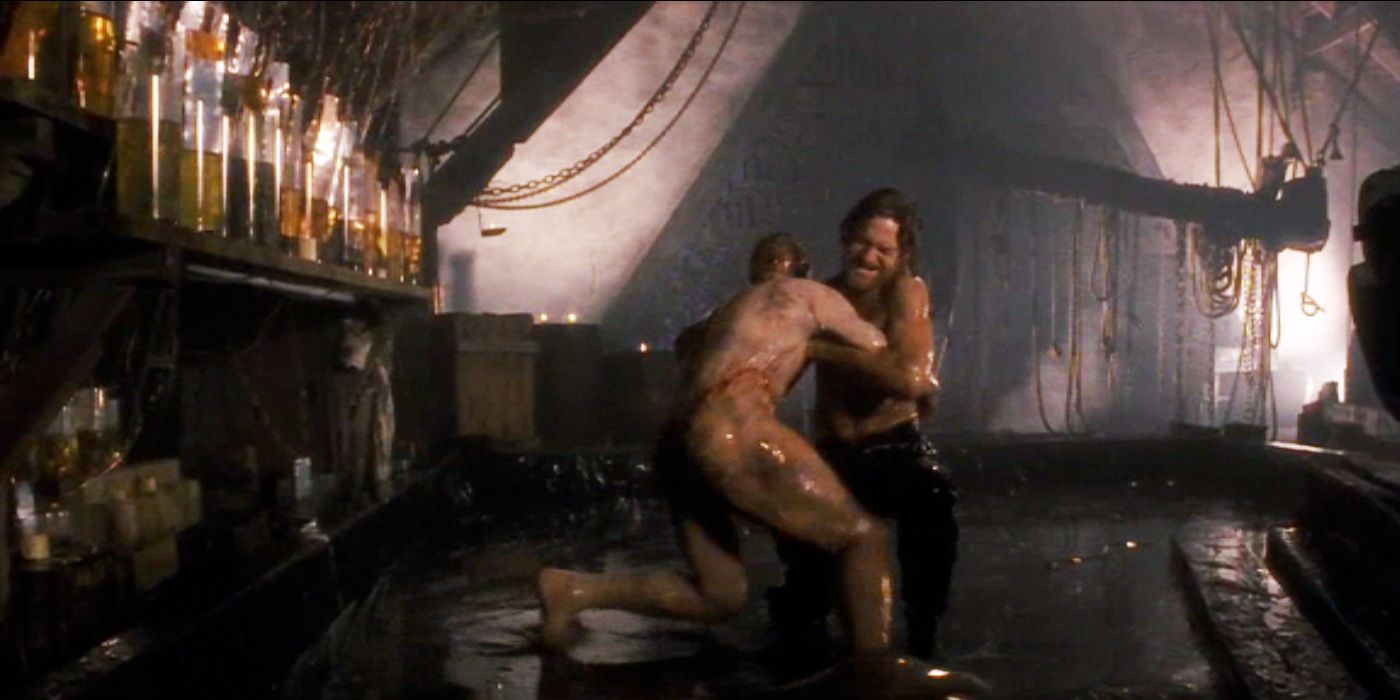
When the creature is found weeping over Dr. Frankenstein’s body, he’s asked who he is. The creature’s heartbreaking reply: “he never gave me a name.” Even so, the creature “longed” to be with him in the moment of his death, but he wanted Dr. Frankenstein to have peace since, in spite of all the horrible things he did, Dr. Frankenstein “was father, was mother," and they “fell from grace together."
The creature is so gentle in this moment, and he begs for a pyre to be built for Dr. Frankenstein, to “light up the night with his passing." It’s a beautiful, horrible examination of the love a child can have for a parent, even when the parent has done nothing but reject them. It’s too relatable for too many children; feeling eternally at fault, when the fault really lies with the parents.
6 Wrong: The Creation Of The Creature

Frankenstein’s creature’s birth is arguably supposed to be one of the most dramatic points of the movie, given that it’s the introduction of the main character. However, the movie handwaved a bit too much of the explanation leading up to the scene; for example, why were Dr. Frankenstein’s machines powered exclusively by electric eels? Who was he shouting “it’s alive!” at, since Igor wasn’t there to witness the fact? It’s unclear.
What is clear, though, is that Kenneth Branagh is both the director and the titular character, and he certainly does go shirtless in the scene, which is obviously the most important thing that happens in these minutes. Right?
5 Right: The Relationship Between Creature And Creator
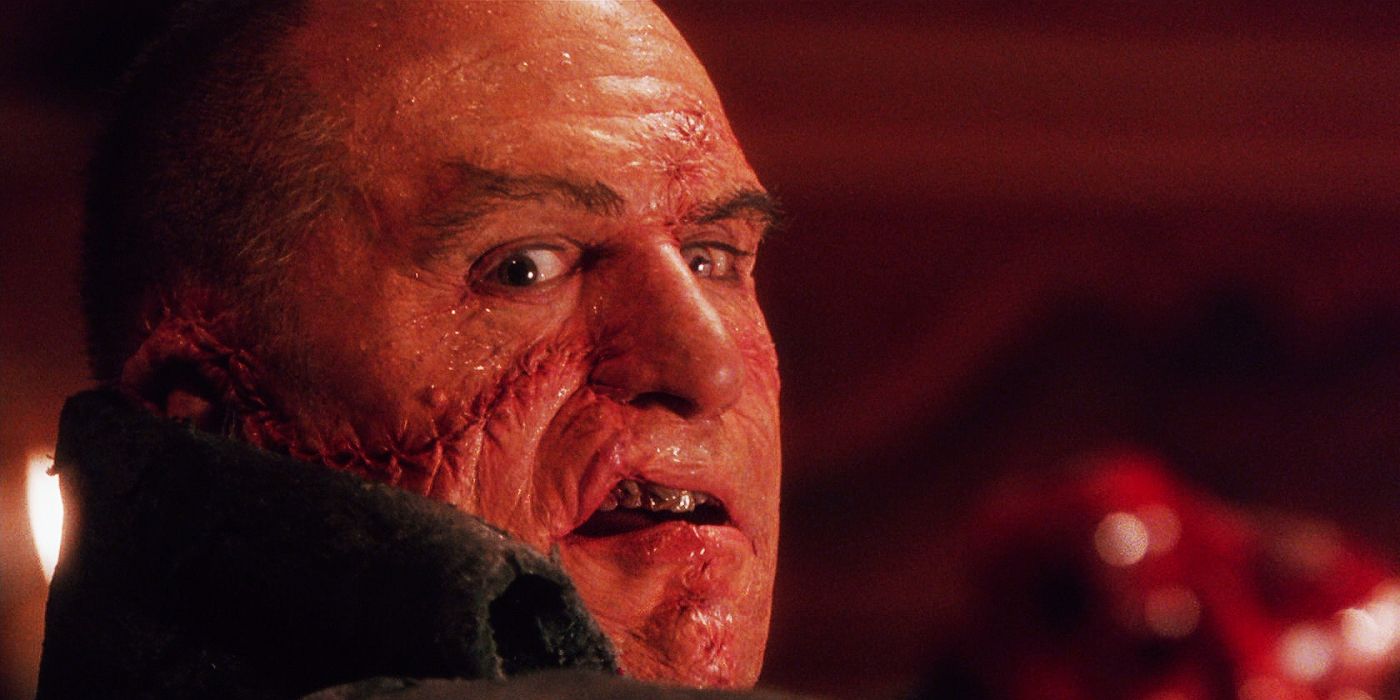
De Niro as the creature and Branagh as Dr. Frankenstein bring a deeply subtle and emotional level to the father/child relationship explored in Frankenstein, mostly due to De Niro’s excellent facial expressions, even under mountains of makeup. Every scene with the two of them is a different level of crushing, even as the creature gets angrier and more heartbroken.
He still is the gentle, intelligent creature he was created to be underneath the rage and loneliness. When he’s denied relief from that desperate loneliness by the one and only person who could help him, the very person who created him, the hurt is too great. The development is artfully done.
4 Wrong: Frankenstein Is Not A Period Romance!
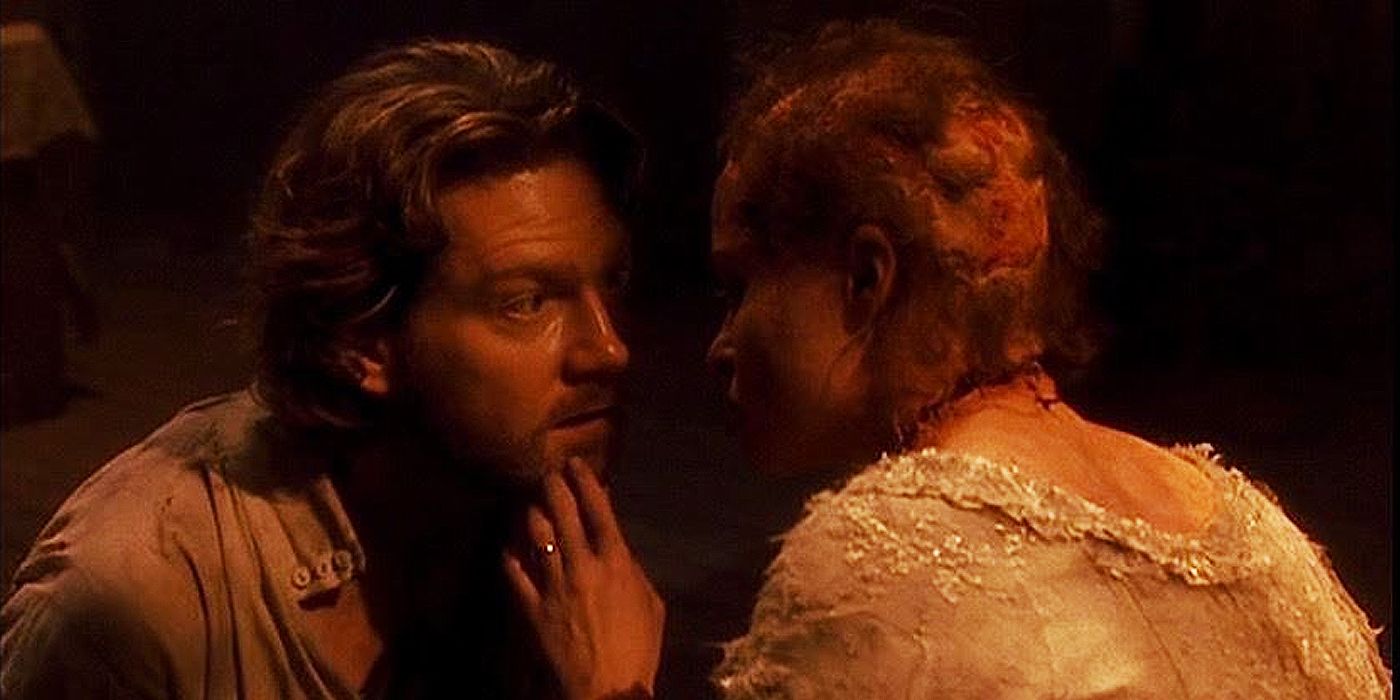
Mary Shelley was the original goth girl, but she did not write a gothic romance when she wrote Frankenstein. There are plenty of gothic romance novels that could be adapted, and plenty of movies that use Frankenstein as inspiration without technically being an "adaptation."
It can't go both ways, though, and, since this version of the movie does so well when it's on point, it's even more glaringly off when it misses the mark. Still, the first third of the movie was confused about its genre, and not in a good way. It dragged and left viewers confused about what movie they were actually watching.
3 Right: Themes

While the first third of the movie was confused about what genre it was, it gets better from there. The movie manages to maintain many of the novel’s original themes, and this is especially true with the dangers of obsession and playing God.
It highlights the very basic human need to be known and understood and argues that forcing another creature to suffer when you have the power to help is the height of cruelty. Nobody deserves to be alone, which can be the worst fate of all. It also interrogates the emphasis on outer beauty vs inner beauty, especially when a blind man takes him in and treats him kindly... until he finds out what the creature looks like. Then, he chases him out with an ax. It's a condemnation of a preoccupied society and shows the real harm that comes from societal rejection.
2 Wrong: The Beginning
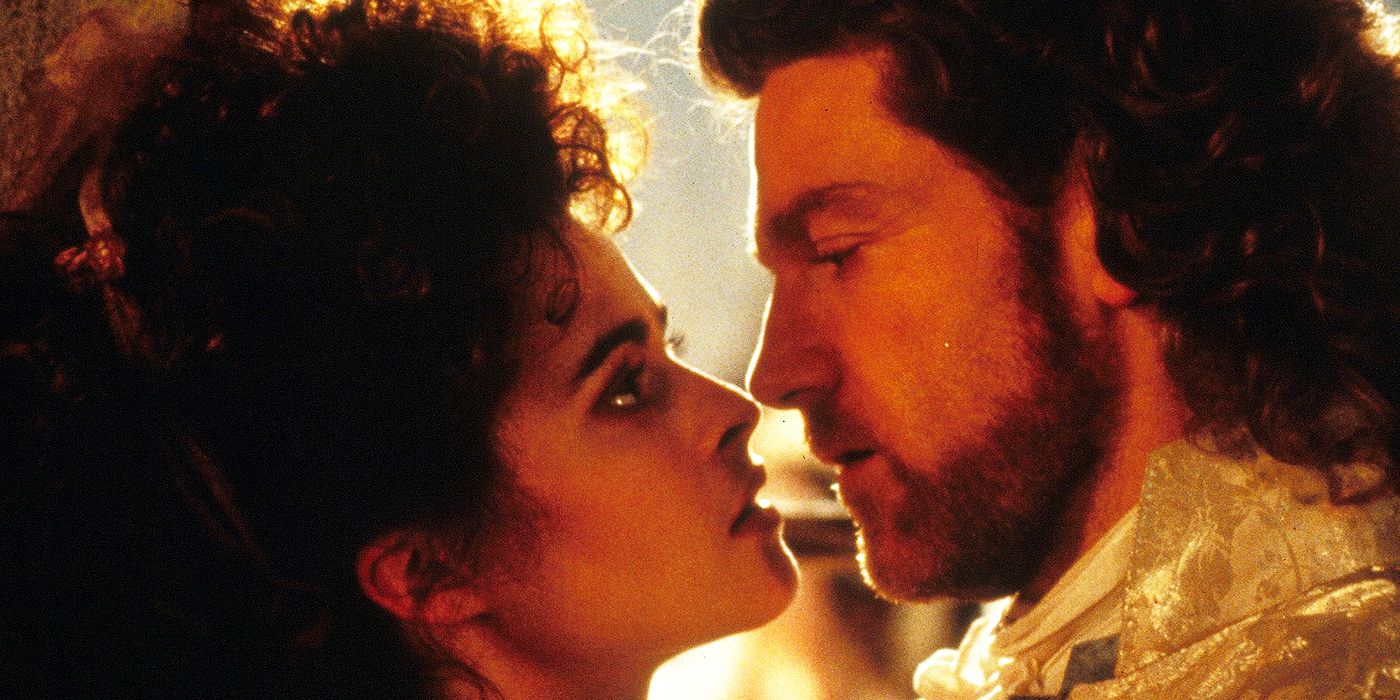
Kurt Vonnegut once said that the secret to writing a good novel was to start it as close to the end as possible. He should have been an editor on this movie, because pretty much everything that happens before the creature is introduced is a detriment to the film and the story.
Several characters are hurriedly brought in, but none of them make the story more interesting. The story feels entirely different when it focuses on the creature itself, but it struggled to get the human parts of the story down in an engaging way.
1 Right: The Ending

In many cases, when a movie changes the ending of a novel, it’s not for the better. Frankenstein is a pleasant exception, as it’s less a change as it is an expansion. When the creature’s last wish for Dr. Frakenstein goes awry and his pyre is unable to be lit, the creature does the deed himself, but not before saving the life of one of the very humans that nearly shot him on arrival.
He climbs onto the pyre and lights it, screaming as he joins his maker in whatever afterlife there may be. It’s devastating and incredible, and Mary Shelley would have approved.
from ScreenRant - Feed https://ift.tt/3626ypM


0 Comments